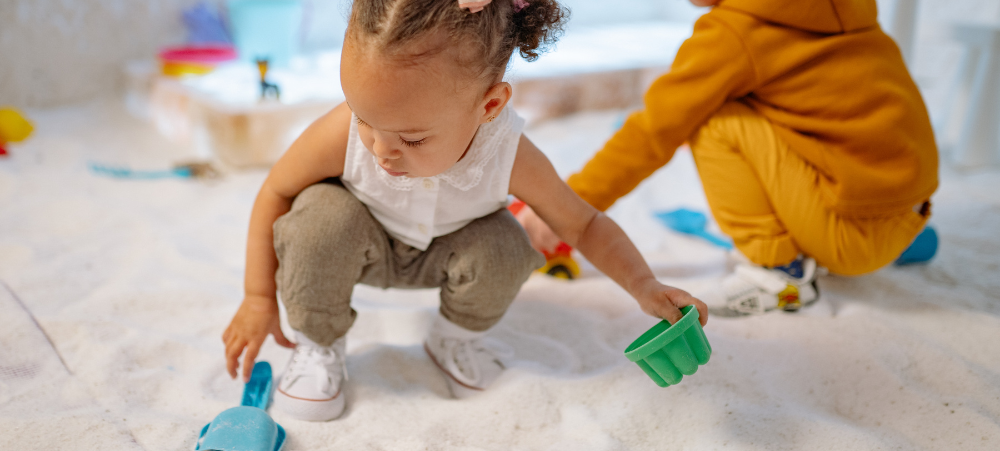
Budget-Friendly Healthcare: Smart Tips for South African Families
Keeping your family healthy shouldn’t feel like a luxury. Yet, for many South African households, staying well is becoming harder to afford. From doctors’ visits to medication, the cost of healthcare continues to rise, putting pressure on already strained budgets. Whether it’s a child’s fever in the middle of the night or managing a chronic condition, families often find themselves stuck between long queues at public clinics and private care they can’t afford. It’s no wonder many see private healthcare as out of reach. But what if there was a middle ground? A way to access the care you need—without paying the price of full medical aid? In this article, we’ll explore smart, budget-friendly tips to help you manage your family’s healthcare costs and show you how health insurance options like Health4Me, offered through Bloom, are making private care more accessible for families across South Africa. Understand What You’re Paying For Before you can start saving on healthcare, it’s important to understand where your money is going. For many families, health expenses add up quickly—even without a major medical emergency. Here’s a quick example of common out-of-pocket costs in South Africa: Without any form of cover, even basic care can stretch your monthly budget. That’s why understanding your healthcare expenses is the first step toward managing them—so you can start looking for ways to reduce costs without sacrificing quality. Tips to Save on Everyday Healthcare You don’t need to spend a fortune to keep your family healthy. With a few smart choices, you can manage everyday healthcare needs without blowing your budget. Here are practical ways South African families can cut costs—without cutting corners on care: Pharmacy clinics at Clicks, Dis-Chem, and MediRite offer convenient and affordable care for common health issues, including colds, minor infections, and vaccinations. They’re staffed by trained nurses and sometimes provide same-day appointments, making them a reliable alternative to full GP visits. Generic medicines contain the same active ingredients as brand-name options but are significantly less expensive. Always ask your doctor or pharmacist if a generic version is available—it could save you hundreds over time without compromising on your treatment. Many retail clinics and health insurance plans, including Health4Me, offer free or discounted health checks, such as blood pressure, cholesterol, glucose, and BMI screenings. These early detection tools can help you catch issues before they become serious—and expensive. Prevention is really better (and cheaper) than a cure. Encourage a balanced diet, regular exercise, proper sleep, and handwashing. Teaching your children good habits from a young age sets the foundation for a healthier (and more affordable) future. Small changes can make a big difference—and they all add up to better health and lower costs for your family. Know When to Use Public vs. Private Healthcare South Africa operates a dual healthcare system: a public sector serving the majority and a private sector catering to a smaller, often more affluent segment. Understanding when to utilise each can help families make informed decisions about their healthcare needs. Public Healthcare: Accessible but Overburdened Public healthcare services are available to all South Africans, offering essential services such as immunisations, maternal care, and treatment for common illnesses. These services are often free or low-cost, making them a vital resource for many families. However, the public system faces significant challenges: Private Healthcare: Quality and Efficiency at a Cost Private healthcare offers shorter wait times, advanced medical technology, and a broader range of services. Facilities are typically well-equipped and staffed, providing a higher standard of care. However, the benefits come with higher costs: To bridge the gap, consider affordable health insurance options like Health4Me from Bloom. These plans provide access to private healthcare services at a fraction of the typical cost, ensuring your family receives quality care when it matters most. By understanding the strengths and limitations of both public and private healthcare systems, South African families can make strategic decisions to safeguard their health and well-being. Health Insurance: The Middle Ground Between Medical Aid and Out-of-Pocket Costs When it comes to paying for healthcare in South Africa, families often find themselves caught between two extremes: expensive medical aid or unpredictable out-of-pocket expenses. But there’s another option that offers balance—health insurance. Unlike medical aid, which provides comprehensive cover, including hospitalisation and prescribed minimum benefits, health insurance focuses on essential day-to-day healthcare. It’s designed to be more affordable, easier to understand, and better suited to families who need reliable care without the high monthly premiums. That’s where Health4Me, offered through Bloom, comes in. With fixed monthly payments, Health4Me gives you access to: Best of all, Health4Me is easy to sign up for—no complicated paperwork or long approval delays. With nationwide access to pharmacy clinic partners like Clicks, Dis-Chem, and MediRite, your family can get care close to home, wherever you are. Why Health4Me Works for Families Keeping your family healthy shouldn’t mean facing unpredictable bills or endless queues. That’s why Health4Me is built around what families really need: affordable, practical, and easy-to-use healthcare cover. Here’s why it works so well for South African families: Fixed, predictable monthly payments No surprise costs—just one set monthly fee that fits into your budget and helps you plan with confidence. Access to private care for everyday needs From GP visits and medication to basic dentistry and optometry, Health4Me covers the services families use most—without the wait or the worry. Simplicity and ease of use No confusing medical jargon. No complicated approval processes. A straightforward cover that provides your family with the care they need when they need it. Cover for every stage of life Whether you’re a busy parent, have growing children, or care for elderly relatives, Health4Me gives everyone in your household access to reliable, quality care. Final Tips for Family Health on a Budget Even with affordable health insurance, there are extra steps you can take to stretch your healthcare budget further and be prepared for the unexpected: Create a “health fund” Put aside a small amount each month—even R50 to R100—to cover extras like






























